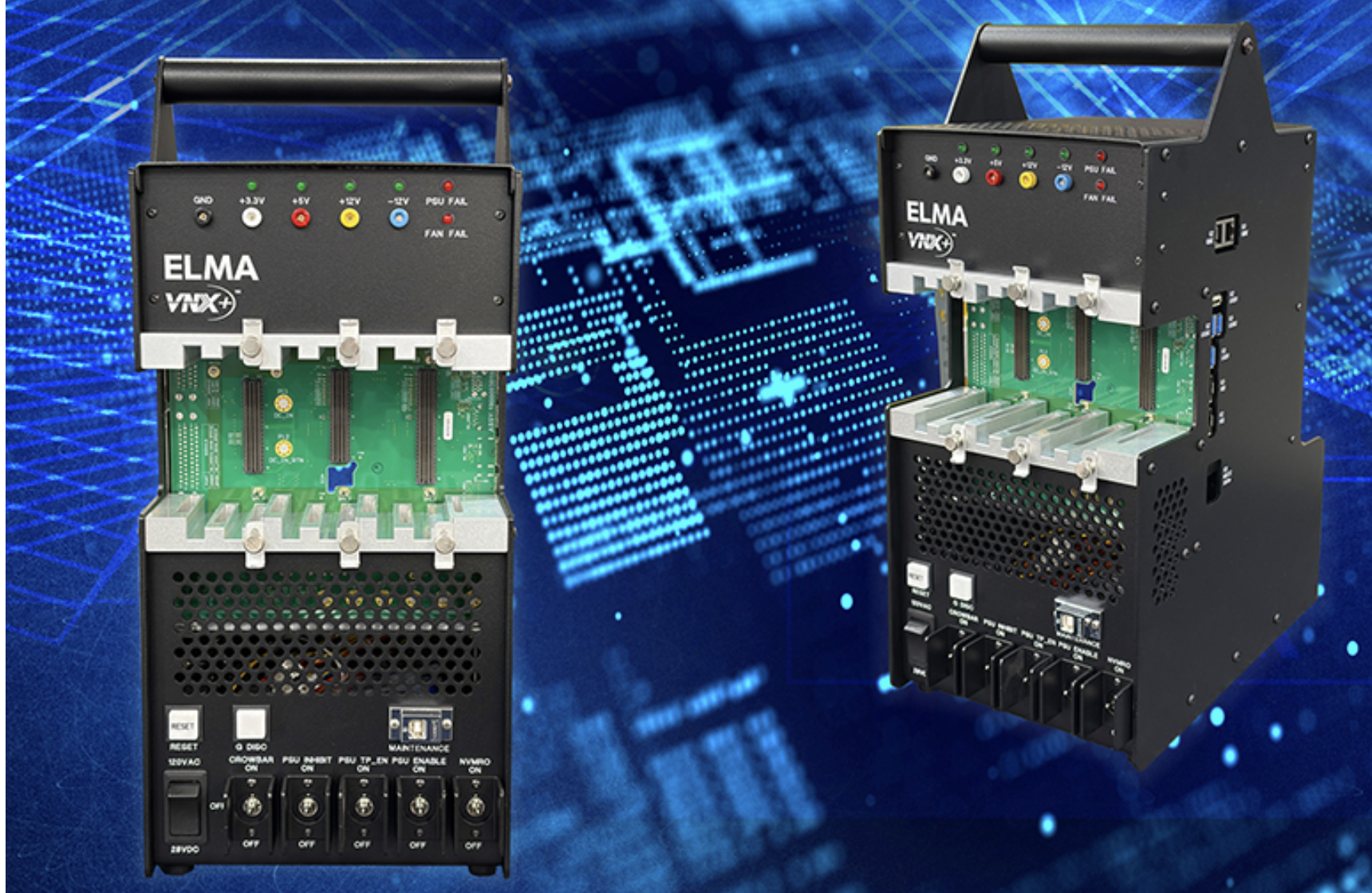“As our rivets rub together, flashing sparks into the night.” Anything for a Tubes reference. Actually, the headline is relevant to today’s embedded designers because touch-sensitive interfaces are becoming hugely popular, just as they have been for millions of years. But now they’re popular in electronic gadgets, too. (Just as they have been for…. oh, never mind.)
Cypress Semiconductor and Atmel are among the microcontroller companies making noise about their touch-enabled chips. These devices include interface logic for capacitive touch screens (sold separately), making it much easier for the average engineer to include this must-have feature. But there’s a lot more to touch than just having the right digital I/O.
That’s where Synaptics comes in. The company best known for supplying the touchpad in your laptop computer also makes a range of components, subassemblies, and software that go a step beyond the aforementioned microcontrollers. For designers in a hurry who don’t want to learn the nuances of a good touch interface (and really, what engineer does?) the Synaptics products are a good way to go.
For background, touch interfaces come in two basic varieties: resistive and capacitive. The resistive kind works by placing two thin membranes one atop the other, with a thin insulator (sometimes just air) in between them. You press down on the upper layer to make a connection between the two. We’ve all seen these in ATMs, industrial controllers, or weatherproof control panels. They’re reasonably tough and not difficult to design or use.
The downside of resistive interfaces is that you can’t very easily “click and drag” on them. They’re designed for firm button pushes, not gliding motions, so they’re naturally a bit coarse, and have well-defined buttons. You also can’t cover the touchpad (behind a sheet of glass, say) because you need to be able to push on it. You can’t multi-touch; one finger at a time, please. Finally, although you can silkscreen the upper layer to look nice, you can’t replace the graphics without physically replacing the upper layer of the interface (which you may have to do anyway when it wears out).
Capacitive interfaces, on the other hand, don’t need physical pressure to close a switch – just ask any iPhone or iPod user. Same goes for most laptop touchpads: you can glide a finger across the pad without pressing down and it somehow senses your direction and intent. In contrast to resistive interfaces, you can (and should) cover the sensing parts with a thin protective material, either to keep out moisture or because you like a bit of friction. You can even put the whole thing behind glass or wrap it in latex, Plexiglas, or vinyl; just don’t make it too thick or you’ll spoil the sensation. And, of course, multiple fingers and multiple touches are perfectly acceptable.
The trick to this touchy-feely science is in the details. Resistive interfaces are nicely digital: you press down and you close a switch. Capacitive interfaces, in contrast, are all subtlety and refinement. They work by sensing the slight capacitive effects that your biology has on a weak electric field hovering over the surface of the touchpad. Wave a finger through that field and it’s possible – just barely – to detect the intrusion. Tracking motion is a convenient side effect, and sensing multiple fingers needs only a little bit more work.
But all this tactile goodness depends on your ability to sense a disturbance in the force above the touchpad. Paradoxically, it’s not that hard to detect the biological intrusion; what’s hard is ignoring all the other “noise” in the system. Given that most touchpads are on, or at least near, printed circuit boards full of microprocessors, oscillators, RF-generating traces, crystals, and other miniature antennas, it’s a wonder these things work at all. And therein lies the trick.
Synaptics is the first to admit that every capacitive-touch interface requires a lot of “tuning,” in their words. You can’t just slap the components down and expect them to work. You have to massage a component here, manipulate an interface there. Patience and understanding will eventually yield results.
In their favor, the touchpad whisperers at Synaptics have years of experience doing just that. The commercial assumption is that some of that know-how rubs off on their products, to the benefit of touchpad virgins. When you’re ready for full-contact user interfacing, Synaptics has a few interesting products they can bring to the party.





